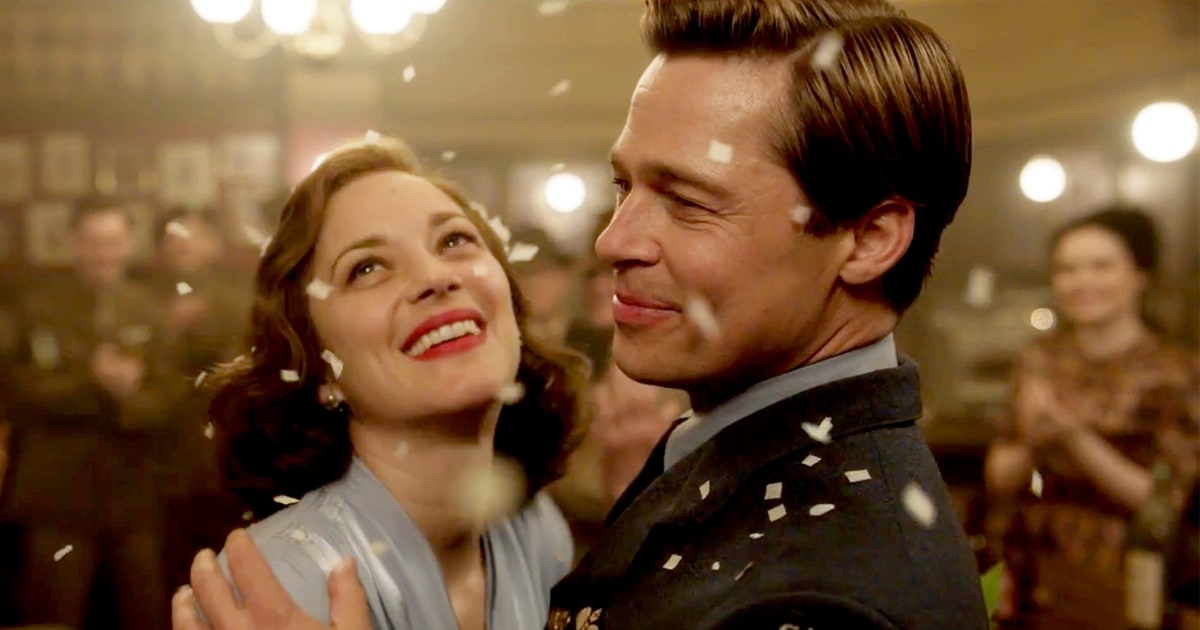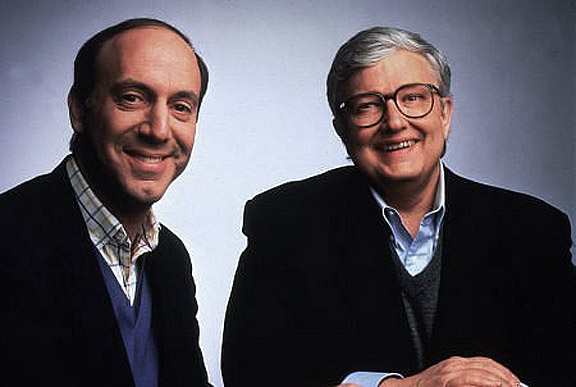*** S P O I L E R S ****
“Can you even see me?”
The French resistance fighter Marianne Beausejour (Marion Cotillard) asks that question of Canadian intelligence officer Max Vatan (Brad Pitt) in the opening section of the World War II thriller “Allied.” The two are in German-dominated, Vichy-controlled Casablanca, pretending to be husband and wife in the presence of Nazis that they’ll eventually kill in cold blood for the greater good of the Allied cause. She’s responding to Max telling her that she looks beautiful—not once, but twice. She appreciates the compliment, but she needs to know, is he really seeing her? Good question. What does “her” or “him” even mean in a film like this one? “Allied” is built around two impossibly good-looking people who live their professional lives as blank slates, secret agents who might or might not be sincere or faking it at any given moment, and whose every tiny gesture might hide an agenda hidden inside yet another agenda. At that point in the story, it seems as if Max really is seeing Marianne. After an initial dance of detachment, which sees the two chastely pretending to reignite a physical relationship interrupted by the husband’s international travel, they’ve started sleeping together, disregarding the tradecraft rule that agents pretending to be lovers should never actually become lovers.
“Can you even see me?” she asks.
“Not really,” he says.
What does he mean by that? It seems like a throwaway bit of banter—they’re both focusing on the mission—but it comes back around to haunt Max when their mission in Casablanca ends and they relocate to war-torn London. Marianne gives birth to the child they conceived in North Africa. Max continues his secret, dangerous work for British intelligence, while Marianne becomes a housewife, raising their infant daughter, tending chickens, and otherwise enjoying the normal life she could never experience before. Max’s bosses tell her that they have information suggesting that Marianne is not really Marianne, but a German agent who assumed the real Marianne’s identity when she was killed by Germans in occupied Paris shortly before the Casablanca mission. Max doesn’t know what to believe. His heart tells him that his wife is really Marianne, but if he’s going to play a key role in the upcoming D-Day invasion, he has to determine if she is who she says she is, and if she isn’t, he has to personally kill her, to prove his loyalty.
Despite the profanity, graphic bullet wounds, and collateral damage from grenades and bombs, this is a knowingly grand, old-fashioned movie, and the tension between the slightly blank-slate quality of the main characters and their dialogue and the flagrant, melodramatic bigness of the direction is fascinating; it makes “Allied” something more than a self-aware throwback. What, exactly, it means to do besides surprise and enthrall us never quite comes into focus; but there’s enough evident care put into the presentation of the film’s situations, with its performances inside of performances, and the camera’s attention to reflections in mirrors and windows, and the meticulous deployment of repeated shots and recurring colors, that you can’t be entirely certain if this is a shallow film pretending to be a deeper one or if you just need to see it again. (Maybe it’s just a deep shallow movie, and that’s perfectly OK; a lot of great adventures and thrillers put most of their energy into surfaces rather than probing what’s beneath.) It has to be considered a triumph of sorts for Steven Knight (“Peaky Blinders”) and director Robert Zemeckis (who, like his old pal Steven Spielberg, has a fetish for period detail and half-enamored, half-ironic approach toward nostalgia) and Zemeckis’ preferred composer Alan Sylvestri. And at a trim two hours, it feels more compact than most films of its scale. I’ve heard many complaints that a longer film might’ve fleshed out the characters and solved some plot holes, but the movie didn’t feel deficient to me, not in relation to what it seems to be trying to do: create a modern equivalent of a film like “Casablanca” or “Notorious,” both of which are referenced quite blatantly, but with an abundance of auteurist Easter eggs that viewers can notice and argue about.
The color periwinkle, for instance, is important. Marianne wears a periwinkle wedding dress when she marries Max (whose shirt is also periwinkle). In a moment where Max is on the fence about how to deal with the “Marianne might be a spy” conundrum, he seems to have a change of heart when they’re doting on their child, who is wearing a periwinkle jumper. When Max descends into the deep basement of a British intelligence facility to be gobsmacked by the accusations against his wife, the floors are periwinkle, and there’s an overhead shot of Max traveling down several layers of stairwell that make it seem as if he’s falling into a periwinkle vortex. The challenge Max is presented with—to figure out if his wife is a spy, and kill her if she is—is known as “The Blue Dye Procedure.” Does the color symbolize Marianne’s fundamental honesty (beneath all those layers of deception that her job requires)? Is she true blue? Or is that color a lie, like her cover story? The story keeps us guessing until the end.
I liked almost everything about “Allied.” The period clothes are gorgeous but also seem lived-in. Zemeckis, one of the few A-list directors left who knows how to block actors for the camera and move it to reveal information, does some of his best work here, pulling off a number of dazzling setpieces that never feel as if they’re mainly trying to dazzle. The voluptuous hugeness of the big moments in Max and Marianne’s relationship is funny because the rest of the movie is so cool. Their first tryst occurs in the front seat of a car during a North African sandstorm, the camera moving around and around them somehow; Marianne gives birth during an air raid, and the flicker from tracers and flak illuminates her, Max, and the medical personnel, making a twentieth century birth seem as primeval as one occurring on some ancient stretch of prairie or tundra; when Max begins to suspect that his wife might not be the person he hopes she is, it’s an emotional disaster that seems as horribly random and unforeseen as a thunderbolt or a meteor, so of course it’s accompanied by the crash of an enemy plane that just happens to occur in their backyard (their domesticity is quite literally shattered by the British military neutralizing a German killing machine).
This is all very broad, and yet as the same time so controlled and exact that it makes you laugh by virtue of its audacious rightness as well as the presentation, which amounts to the filmmakers just doing it and not troubling themselves over whether we think it’s too much. Old movies were never afraid to attempt this kind of thing: have the heroes get lit up or nearly destroyed by fiery metaphors. Alfred Hitchcock and John Ford might have approved. At least they would’ve envied digital-age filmmaking advances that allow Zemeckis to make a megaproduction that would’ve bankrupted a studio in the ’70s for comparative pocket change.
The one major misstep is the film’s coda: the ghostly Marianne composing and reading a letter to the child who will never know her. It feels out-of-character for a film that, until that moment, seemed refreshingly unconcerned with whether you liked its two leads as long as you found them interesting. Zemeckis often displays this tendency, alas, and while it sometimes results in intriguing/infuriating clashes of tone (see “Forrest Gump,” which would feel like a blistering indictment of the cliche of the honorable, uncomplicated, small-town American, if it weren’t for the sentimental goop poured on every other scene) there are times when it feels schizoid, or like knee-jerk pandering, or just wrong. We don’t need to cry at the end of a movie that’s such an intellectualized look at romantic love and sexual attraction; besides, Cotillard and Pitt convey so much emotion during the movie’s final third that you feel the existential weight of what they’re going through, contrivances and mega-setpieces and all.












